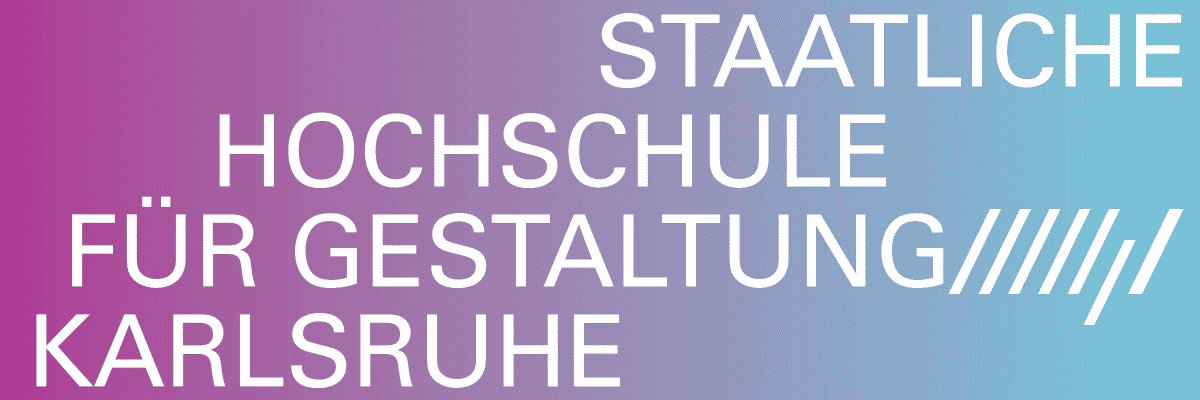
HaYoung
Prove you are human
Project Info
- 💙 sonneundsolche
- 💚 Anne Vimeux and Elise Poitevin (SISSI)
- 🖤 HaYoung
- 💜 Anne Vimeux and Elise Poitevin
- 💛 Antonia Rodrian
Share on

HaYoung - "Pains retrouvés" 2019-2023, bread, metal
Advertisement

HaYoung exhibition view window "Prove you are human" 2023

HaYoung exhibition view window, Pains retrouvés, 2019-2023, bread, metal, Tongue test, 2023, charcoal on wall

HaYoung exhibition view window, Pains retrouvés, 2019-2023, bread, metal, Tongue test, 2023, charcoal on wall

HaYoung Tongue test, 2023, charcoal on wall, Am I, 2023, felt pen, pencil, charcoal, oil pastel on paper

HaYoung Pains reTROUVÉS, 2023, printing on paper

HaYoung Dictee, 2023, charcoal on wall, Mind our body problem, 2023, felt pen, pencil, charcoal, oil pastel on paper, Holy Mushroom, 2023, felt pen, pencil, charcoal, oil pastel on paper

HaYoung installation view "Prove you are human"

HaYoung Holy Mushroom, 2023, felt pen, pencil, charcoal, oil pastel on paper

HaYoung Pains retrouvés, 2019-2023, bread, metal

HaYoung Pains retrouvés, 2019-2023, bread, metal

HaYoung Mind our body problem, 2023, felt pen, pencil, charcoal, oil pastel on paper
HaYoung creates fictions shaped by texts, drawings, and videos in transdisciplinary installations. Using digital phenomena and practices — Wi-fi passwords, cookies —, they conceptualize the spatialization of works and ideas in the manner of a rhizome, a system of roots that refer as much to mycelial networks as to those of computer interconnections. Like different layers of observation, they create new materialities and stories that can account for the languages and identities of marginalized individuals.
For Prove you are human, HaYoung explores the semantic contours of the definition of humanity in a current digital era. They start from the reCAPTCHA, a test to distinguish humans from bots, based on the ability to recognize commune elements in nine low-resolution real-life images. This protocol implemented by corporations, using artificial intelligence, imposes users to prove their humanity. In the same action, they work freely by providing datas allowing artificial intelligence to improve.
In the exhibition space, HaYoung literally takes this identification control and replaces the generic pictures from public space with an image of breads on skinny metal legs.
Titled Pains reTROUVÉS (2023), it refered to a pun on French dessert recipe called ‘pain perdu’.
As if they escaped from the original captcha, these tiny sculptures, like bugs, now proliferate in the vitrine. Above them, HaYoung draw a diagram (Tongue test, 2023) in which they materialize a set of connections linked to their emotional, geographical, linguistic and existential relationships questioning their own situation in reality and virtuality.
They respond by the appearance of the sentence ‘When I rip Kim and click, I’m not a robot’ (Dictee, 2023) handwritten in Hangul calligraphy. They articulate it with a series of drawings, a reflexion on human bodies, artificial intelligences and matsutakes, inspired by Anna Tsing’s texts. There, the mushroom, neither animal, nor vegetable, nor digital, became a possible way of existence.
By playing on the space of Sonneundsolche, the exterior and interior, surface and depth, they work on forms of loop and glitch in the imbrication of works, and more broadly on transhuman relations and para and intra capitalist phenomena.
By emancipating themself from human nature and from the alphabetical Western prism, HaYoung carries out the personal and sensitive test of their humanity, of their identity.
Anne Vimeux and Elise Poitevin




